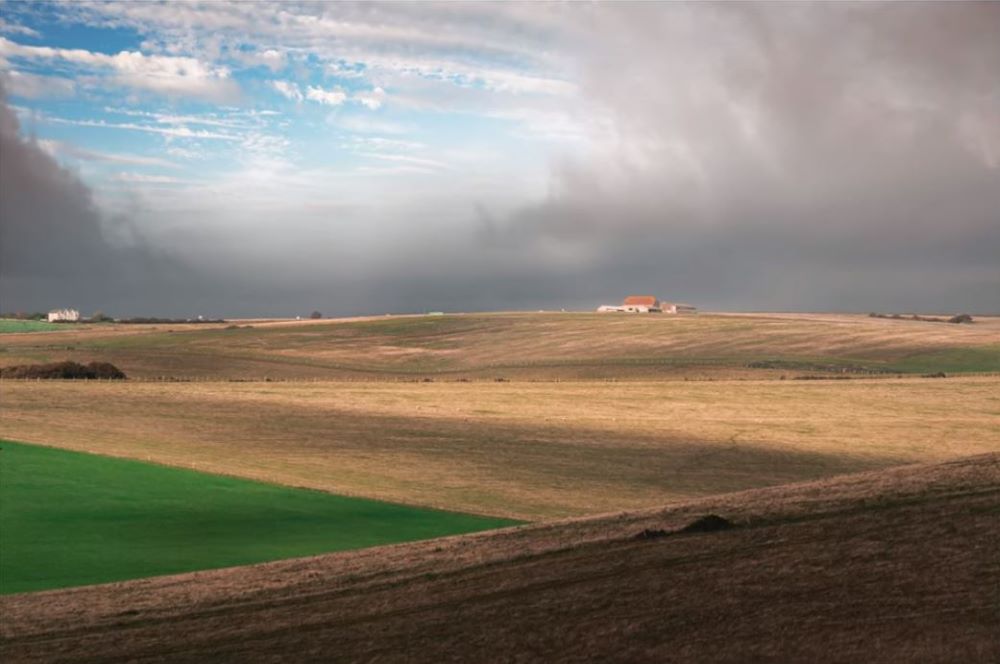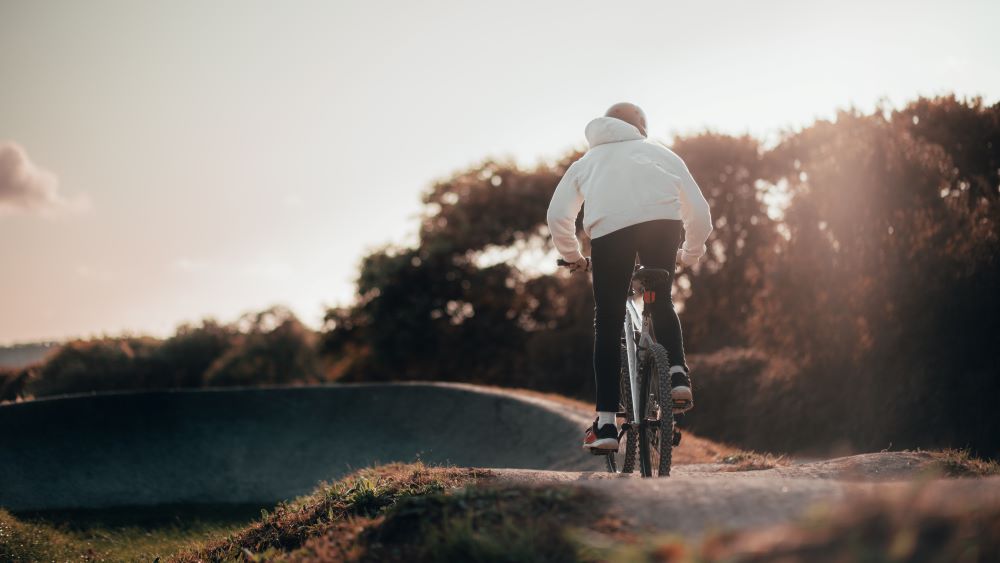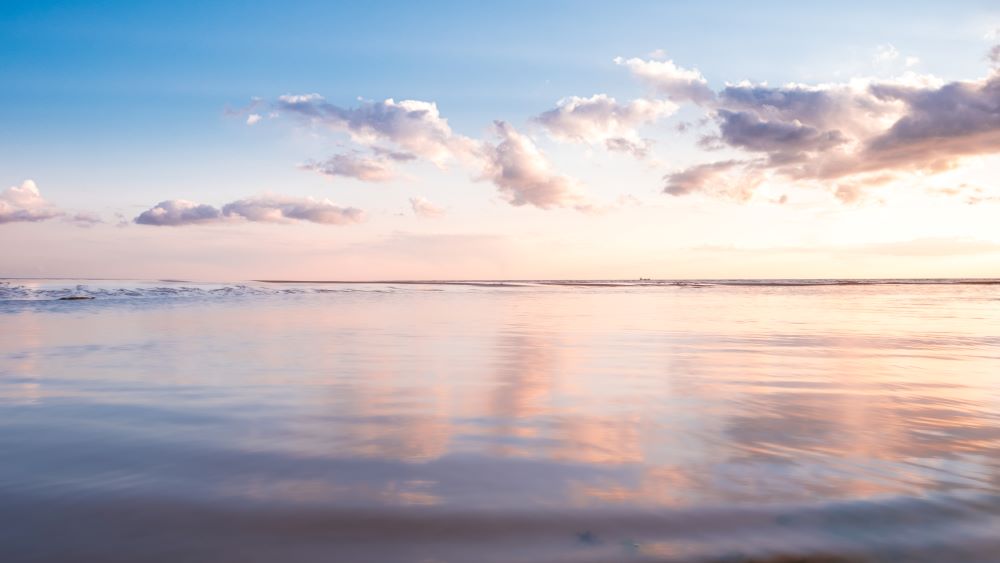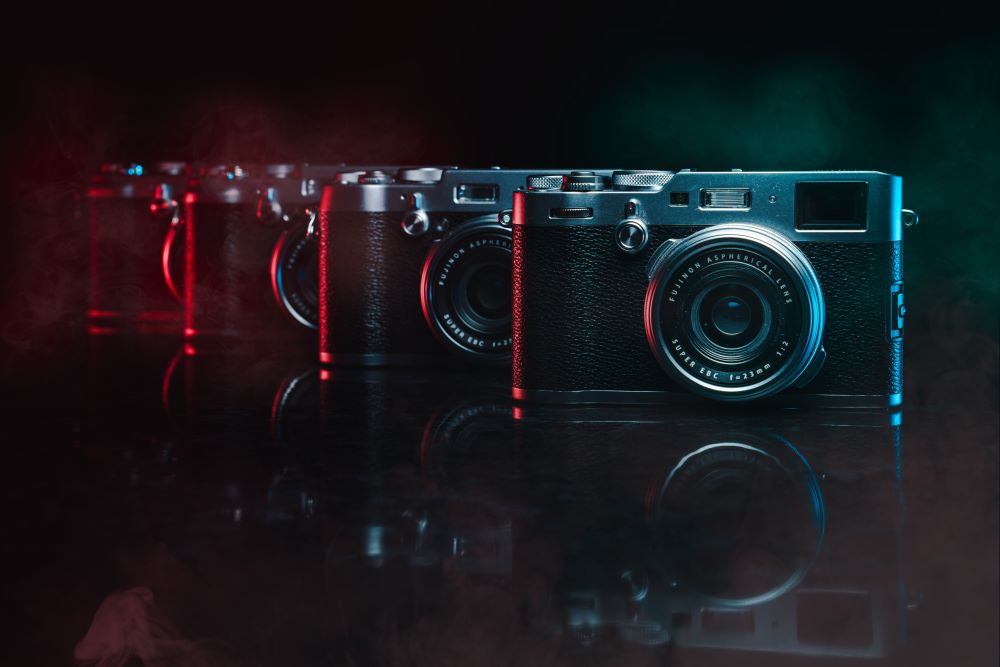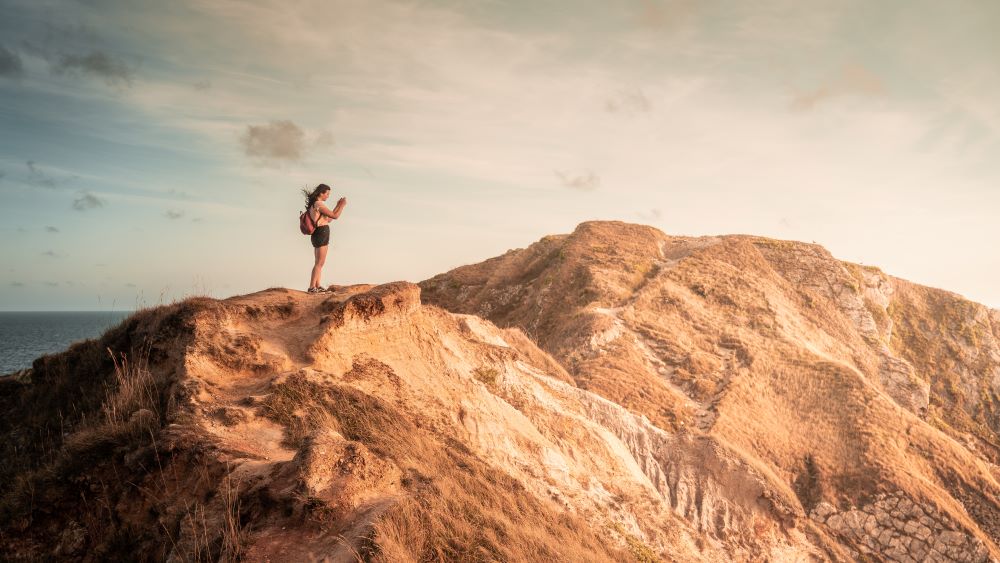- Call us: 01444 237070
- Contact Us
- Stores
- Sign In / Register
-
- Back
- Used Cameras
- Used Accessories
- Used Lenses
- Used Video
- Used Film Equipment
- Used Stock Alert
- Used Blank Test
- Sell or Part Exchange
- Used Clearance
- Recently Added Used Equipment
- Park Picks
- All Used Black Friday Deals
- Faulty
- Trade-In
- Blog
- New in
- Call us
- Contact us
- Stores
- Sign in
- Categories
- Tips & Inspiration
- Reviews
- News
- Events
- Features
- Buying Guides
- Competitions
5 Expert Tips to Enhance Your Photography
Whether you’re a beginner or a professional photographer, there are a few things you must keep in mind every time you raise your camera. By cultivating an understanding of the compositional and artistic tools at your disposal, you’ll no doubt be able to transform all of your images into sensational works of art.
Mastering Photography: 5 Expert Tips to Enhance Your Skills Video | Tutorial Tuesday
In this photography guide, we run through some photography top tips certain to enhance your skills, enabling you to take all of your shots to the next level. Keep reading as we explore five expert photography tips, which you’ll want to start using straight away!
Over on our YouTube channel, we’ve taken an in-depth look at these five tips where Gareth talks through his real-world examples of these skills in action.
Tip 1: Always Find a Subject
Finding a subject to be the anchor point of your composition comes naturally for some genres. For styles like wildlife and portrait photography, your subject is usually unmistakeable. However, defining the centre of attention in all your shots is a vital step in how to take good photos, and may not always be as straightforward!
For instance, when shooting landscapes, you may be likely to focus on the ‘bigger picture’. While some views depend on the entire scene for a good photo, not considering the focal point of your shot may cause the viewer’s eye to wander, resulting in a weaker composition overall.
Including a visual anchor point to your image makes viewing the photo a lot more natural, as it draws your eye to a single point in your shot. Furthermore, it provides an opportunity for a far stronger composition, as building around your photo’s focus gives it a much more compelling structure.

Sony A1 | Sony FE 24-70mm F2.8 GM II | 1/200 sec | f/4.0 | ISO 500
Another vital reason to always include a subject is the sense of scale it can provide your photos. This technique is especially crucial in landscape photography – by considering how the rest of your picture looks next to your subject, you can fine-tune the impact of the elements in your shot. Using this approach, you can both amplify and diminish your subject and surroundings for photographs that compel and captivate viewers.
The subject you choose varies hugely. Your first thought will be to focus on a physical element, like an object, feature or person in your scene. This works brilliantly, however you can get a bit more abstract – for instance, focusing on a beautiful sky or an interesting pattern of light works to the same effect, so there’s no limit to how you can harness your creativity with this skill.
Tip 2: Slow Down
Regardless of genre, patience is an essential photography skill. Taking your time with whatever you’re shooting will, on the whole, result in you leaving with a far stronger portfolio of photos.
Some genres do require fast reactions – for instance, event photography requires you to be constantly on the ball, and wildlife requires you to respond quickly to your subject. However, across the board, a little patience goes a long way in the art of photography.
By slowing down your process as a whole, you will often come away with far better photos. For example, outdoor genres like landscape photography require you to anticipate and stand by as conditions change. Waiting for the clouds to break or for the sun to dip a little bit more can present you with a completely different picture. With a combination of luck and patience, you can walk away with photos to be proud of.
Even fast-paced genres like wildlife photography require a bit of patience. There’s no way of rushing your subjects – to take the best wildlife photos, timing is essential. While you will need to react quickly, a slower, more considered approach means you’re prepared and positioned perfectly to photograph wildlife. Wait for the perfect moment, and the best shots will come to you.
Tip 3: Understand (and break!) Compositional Rules
An essential principle of photography, compositional rules are a brilliant framework around which to build your images. They’re one of the first things to learn about photography for beginners – and rightfully so. Understanding what they are and why they work is a great place to start in how to take great photos.
Classic ideas like the rule of thirds, leading lines the rule of odds are ubiquitous in photography. These derive from the study of aesthetics; some patterns in visual art simply look better to the human eye. Compositional rules hinge on this principle, and the best photographers know how to use these to take a great photo.
Canon EOS-1D X Mark II | Canon EF 85mm f/1.8 USM | 1/5000 sec | f/1.8 | ISO 100
For instance, placing the subjects of your shot on the intersections between thirds is a straightforward way to enhance an image if you’re unsure of the best composition. This comes naturally to a lot of photographers, and is a fast strategy to start taking brilliant photos.
However, understanding why they work leads to an understanding of how they can be broken. Sometimes, diverting from these rules is not only acceptable but even encouraged, as much more compelling compositions can be produced by applying a unique creative touch.
Making considered, conscious decisions about your compositions is almost a sure-fire way of taking captivating photos. If you can justify why your shot works, then it’s going to look brilliant whether you’ve adhered to the rules or put your own spin on them.
Fujifilm X-T3 | Fujifilm XF 18mm f/1.4 R LM WR | 1/15 sec | f/15 | ISO 250
Tip 4: Try a New Genre of Photography
Trying out new genres of photography is one of the best ways to keep inspired. While you may have spent years honing a certain discipline, sometimes it’s worth going back to square one and taking a chance with something you’ve never tried before.
You may not immediately see the point of diverting from the styles you love. Exploring new genres can often feel intimidating or, on the other hand, unnecessary. However, shifting your focus onto other subjects can inform the styles of photography you love most.
Countless photographic techniques are shared between genres. For example, portrait, food and product photography have a lot of comparable features – lighting, staging and digital camera settings are all applied in similar ways. This means that both genres inform each other; things learnt from product photography can easily be applied in your portraits and vice versa.
To choose a new type of photography, think about what skills you want to enhance, and what skills you want to learn. If you’re looking to augment your current skills, choose a genre that shares similarities. If instead, you’re looking to diversify your range of abilities, simply choosing a genre that interests you the most is the best way to go for engaging, exciting photography. The possibilities are endless!
Sony A9 II | Sony FE 70-200mm f/2.8 GM OSS II | 5.0 sec | f/4.0 | ISO 640
Tip 5: Understand the Importance of Light
Light is a make or break in photography. It’s perhaps the most important element of taking a photo, and is central to everything you do as a photographer – finding the correct exposure; composition and storytelling are all dictated by your shot’s lighting. If not considered, chances are you’re missing out on the perfect picture.
Natural light has a huge amount of influence on an image, and is almost always its most important aspect. It’s often symbolic of the mood and tone of your image, inspiring drama, emotion and intrigue. This is essential to keep in mind if you want maximum control over your picture’s impact.
Sony A7 III | Sony FE 24-70mm f/2.8 GM | 1/160 sec | f/2.8 | ISO 100
Bad lighting conditions can ruin a beautiful scene – outdoor photographers know this all too well – it’s fundamental to enhancing any subject. On the other end of the spectrum, good lighting can take almost any boring subject to the next level, often times saving a boring shot and making it fantastic!
A good photo is defined by how the photographer has used light to their advantage. It’s fundamental to all genres of photography – landscape, portrait, product, street photography and more all benefit from harnessing lighting perfectly, which is where low light photography tips can come in useful.
Nikon Z8 | Nikon 24-70mm f/2.8 S | 1/320 sec | f/2.8 | ISO 400
We hope this guide has given you some useful ideas to keep in mind on your photographic journey. At Park Cameras, we’re committed to helping you make the most out of your photography – discover our vast range of cameras, lenses and more today to take the best photos every time!
Share this post:
By Thom Pyle on 22/05/2024

Trade in your old equipment
Fast and easy trade in service ensures your old gear is collected efficiently and you are paid quickly! It's very simple to trade in your unwanted photography gear. Just head over to our dedicated Sell or Part Exchange page, fill out the details, and we'll get back to you with an offer for your old gear. Take the cash, or put it towards the cost of your new gear. It's up to you! Find out more
sign up to the newsletter
Keep up to date on the latest photography news, events and offers. Sign up now


